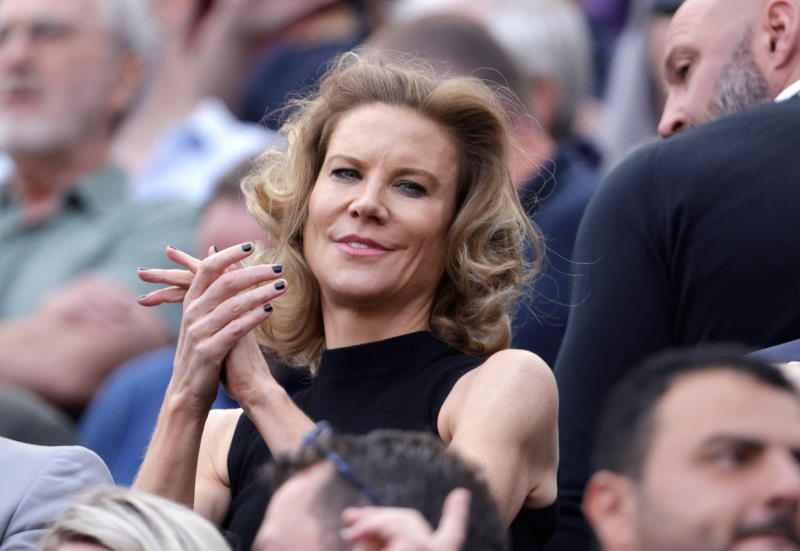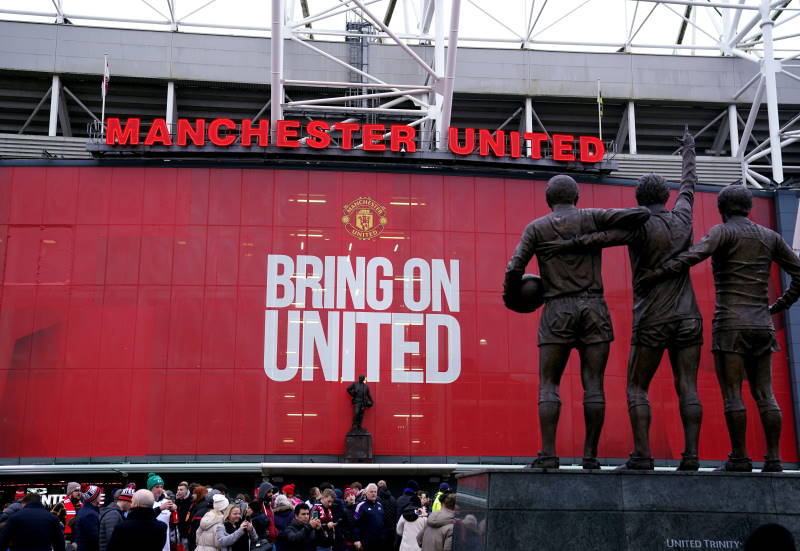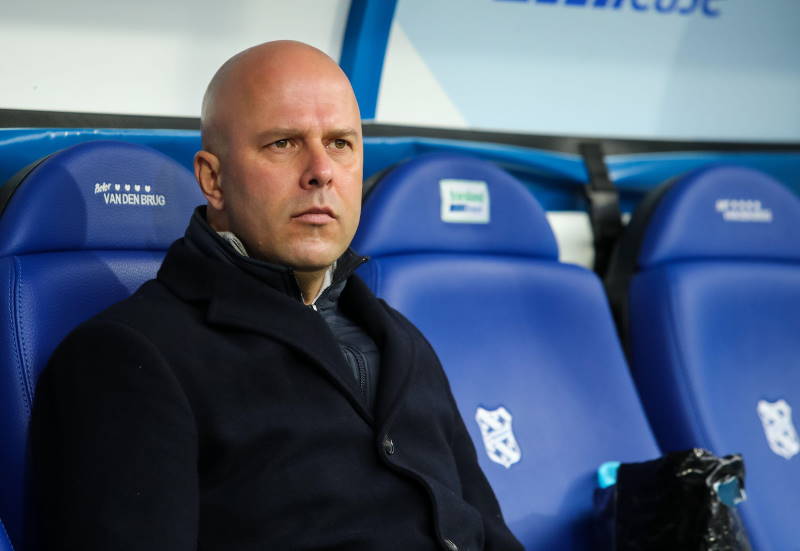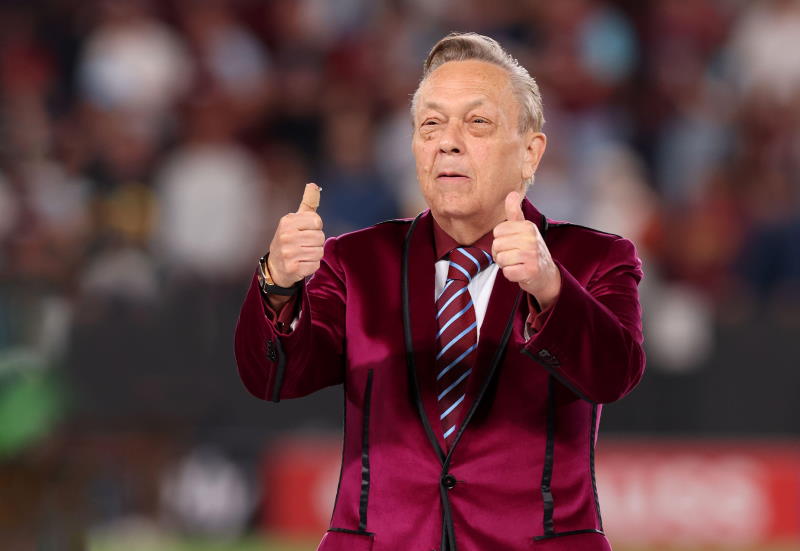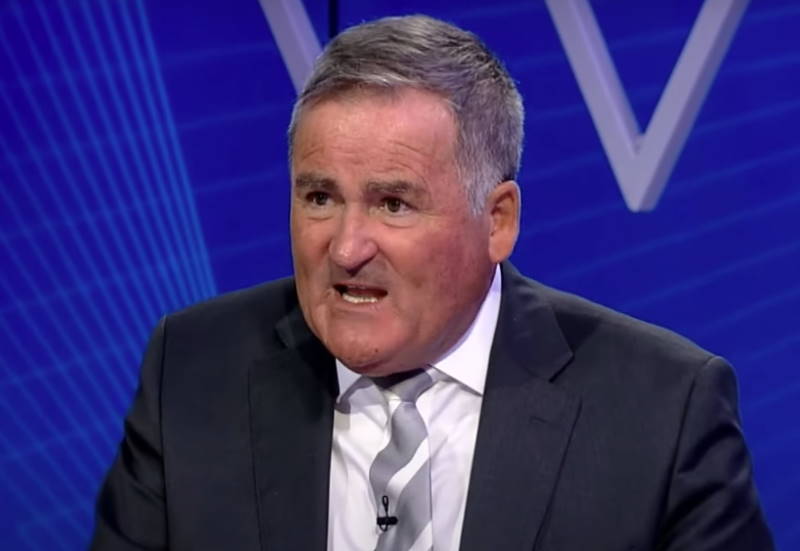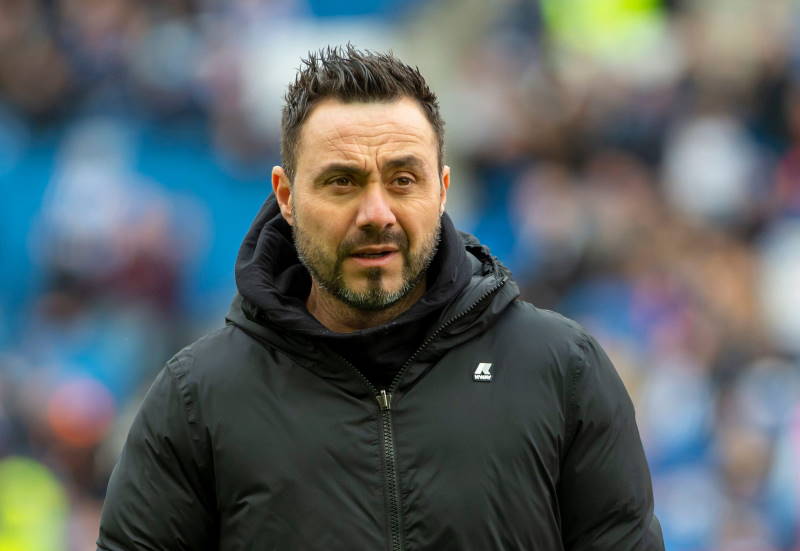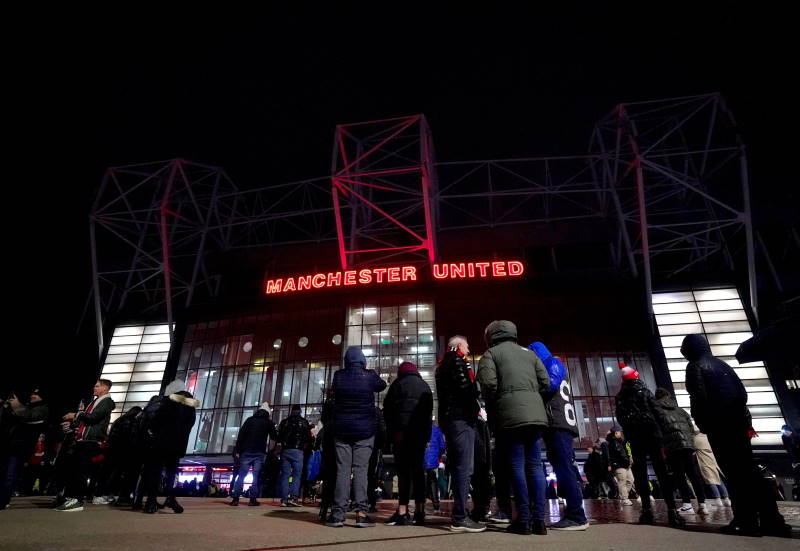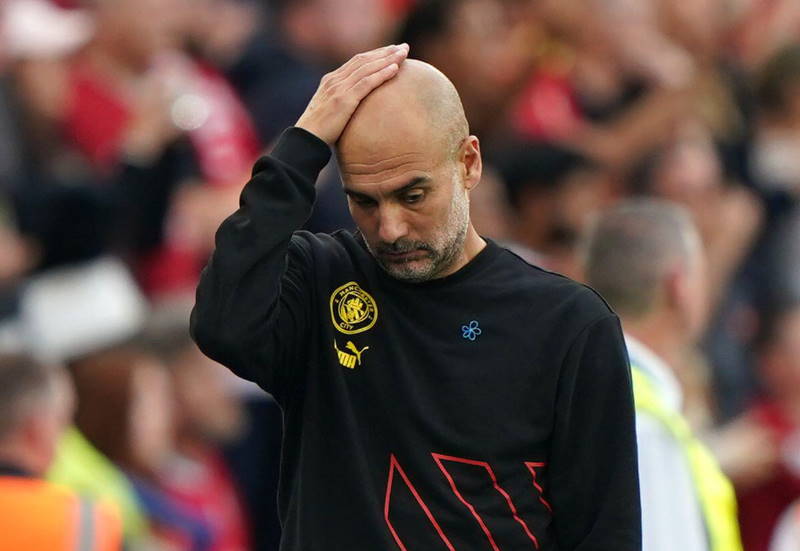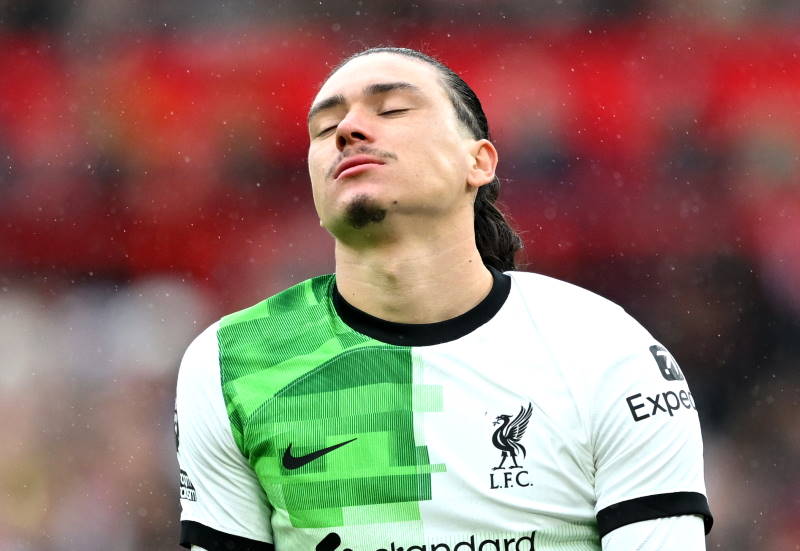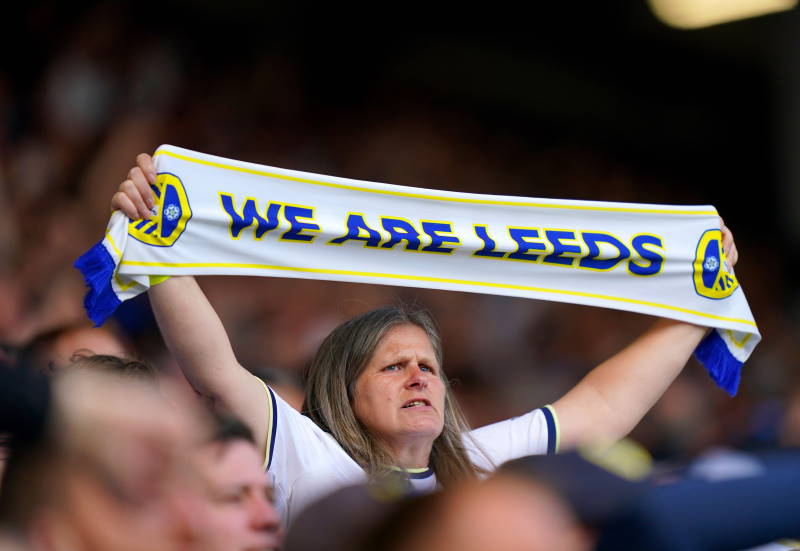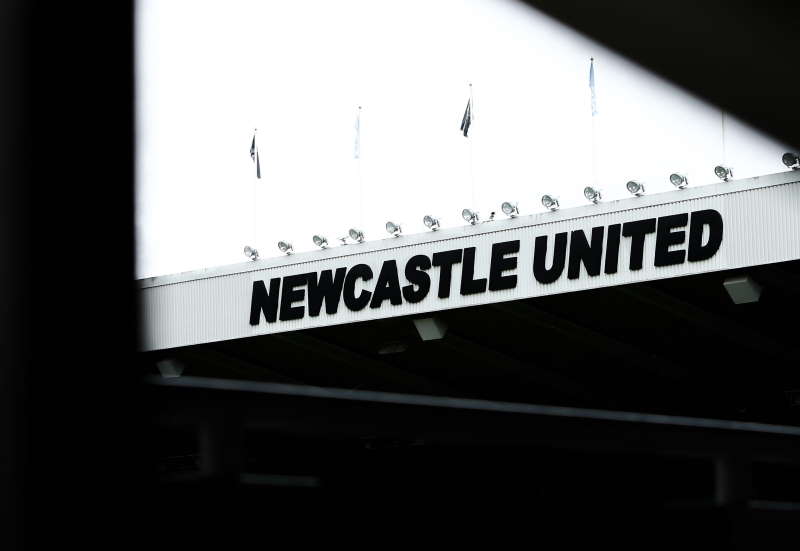
In a new series, Inside Futbol take a look at football across the globe, focusing on the current climate of the game in all nations big and small. Our second installment features Puerto Rico and their fight to become a serious footballing country.
.jpg) Puerto Rico
Puerto Rico
Population: 3,967,179
Area: 9,104 km²
Capital: San Juan
Being ranked 129th in the FIFA Rankings may not be considered something to celebrate for many national teams across the globe, however for Puerto Rico that ranking is indicative of the improvement the sport has seen in the country over the last five years. Once mired in 202nd place on that list, Puerto Rico’s football development has been as swift as it has been surprising.
An unincorporated territory of the United States, Puerto Rico has never had a true football culture until recent times, but the success of club side Puerto Rico Islanders has been the real catalyst for change on the island with regard to the beautiful game. The Islanders’ exploits in the United Soccer League (USL) over the years have sparked an interest in football never before seen in a country that has traditionally preferred US sports such as baseball, basketball, and American football.
Rise Of The Islanders
Though a team known as the Islanders had existed in the 1990s, the current Puerto Rico Islanders were founded in 2003. In only seven years, the club have been able to become one of the top sides in the USL, a competition that serves as the second-tier of the sport in the United States. The excitement generated since their inception is the secret behind the recent rise of football in La Isla del Encanto, the Island of Enchantment. Suddenly, football fans in the country had a professional club to support. Though teams had existed in Puerto Rico before, the Islanders were perhaps the first that had a real business plan and investors helping them to succeed.
The team began play in the A-League (which later became the 1st Division of the USL) in 2004, and though their record in that first season was five wins, 17 losses, and six draws, the club managed to attract as many as 6,000 fans to their home matches at the Juan Ramon Loubriel Stadium in Bayamon – the same venue the team uses today.
In the next few seasons, the Islanders’ results were extremely inconsistent thanks to continuous coaching changes however, in 2005, Hugo Hernan Maradona, Diego Maradona’s brother, introduced several players who would remain with the team for years and narrowly missed leading his side into the league playoffs. The club’s first playoff appearance came in 2006 when they lost a close series 3-2 on aggregate against Charleston Battery.
The General
Real success came after the appointment of former Northern Ireland international Colin Clarke as coach in 2007. Clarke immediately won over the team with his dedication and discipline, the latter leading fans to give him the nickname, ‘The General’. Clarke was able to take a talented side and turn them into championship contenders as he led the Islanders to the USL Division 1 final in 2008, after winning the Commissioner’s Cup with the team for the league’s best regular season record. The final pitted the Islanders against Vancouver Whitecaps with Clarke’s team suffering a 2-1 defeat.
Success in the USL has seen the club qualify for the CONCACAF Champions League for three straight seasons. In the 2008/09 edition of the competition, the Islanders marched through to the semi-finals, where they lost on penalties to Mexican giants Cruz Azul. This past season the Gravediggers, as they are also known, may have exited at the group stage, however in the preliminary round they defeated MLS side Los Angeles Galaxy 5-3 on aggregate, including a superb 4-1 first leg win in Los Angeles.
Puerto Rico are currently in the midst of a fantastic season, having won their first Caribbean Football Union (CFU) club championship and reached the final of the USSF D2 (a temporary league set up for this season because of feuding between the USL and North American Soccer League -NASL) having won their first leg against Carolina RailHawks 2-0 as they aim for a first ever league title.
The Islanders have developed fantastic crowd support, with matches at the Juan Ramon Loubriel Stadium now regularly reaching or even exceeding the 12,500 capacity. The team even have a supporters group called the La Barra Naranja led by the Orange Star Ultras.
Boricuas Revival
Perhaps one of the greatest beneficiaries of the Gravediggers’ success is the Puerto Rican national team. Known as the Boricuas or El Huracan Azul (The Blue Hurricane), the national side was dormant for much of the period between 1995-2007. The Islanders helped change that though, as the club’s success was due in part to the Puerto Rican players in the squad. This new wave of talent, coupled with the appointment of Clarke as Puerto Rico boss, has resurrected the team who have now begun to play and enter competitions again.
In 2008, after two friendly victories over Bermuda, Puerto Rico defeated the Dominican Republic in a one game playoff in CONCACAF First Round qualification for the 2010 World Cup. That led the team to a Second Round date against eventual World Cup qualifiers Honduras; a 4-0 defeat in the first leg was followed up with a promising 2-2 draw at home.
More recently, the team have entered the 2010 Digicel Caribbean Cup, the regional championship that serves as the area’s qualifiers for the CONCACAF Gold Cup. Puerto Rico opened up with three straight victories over Anguilla, St. Martin, and the Cayman Islands, before losing two close matches to Grenada and Guadeloupe. Unfortunately, the national team’s participation in this tournament coincided with the Islanders’ run in the USSF D2 playoffs and thus the Boricuas were without the services of some key personnel.
Time to Grow
Though Puerto Rico have been a member of FIFA since 1960, it is only now that the country have begun to undertake serious football development. Ultimately, the success of a national league may be the deciding factor in how much Puerto Rican football can improve; the Puerto Rico Soccer League (PRSL) was founded in 2008 and now has eight teams across the country.
After completing two full seasons in 2008 and 2009, the league was unable hold a complete 2010 campaign due to economic difficulties. The 2011 season will introduce an Apertura and Clausura format however, and should commence in January. This will also be the first season with relegation and promotion occurring with the Second Division.
It remains to be seen whether the PRSL can survive the growing pains that every new league faces. Puerto Rico has over 200,000 players, most of whom are unregistered, and if clubs can grow and develop academies, as the Islanders have, then there will be a real chance of tapping into more talent in the future which would benefit the league and the national team.
The game in Puerto Rico has been revitalised, so a crucial start has been made. The next step in the country’s football development will be the continued success of the Islanders, the national team, and the domestic league. There is hope that football can become a high profile sport and at some point perhaps Puerto Rico can be transformed in to a Caribbean power. The game in Puerto Rico has already come a long way in a short period of time.

